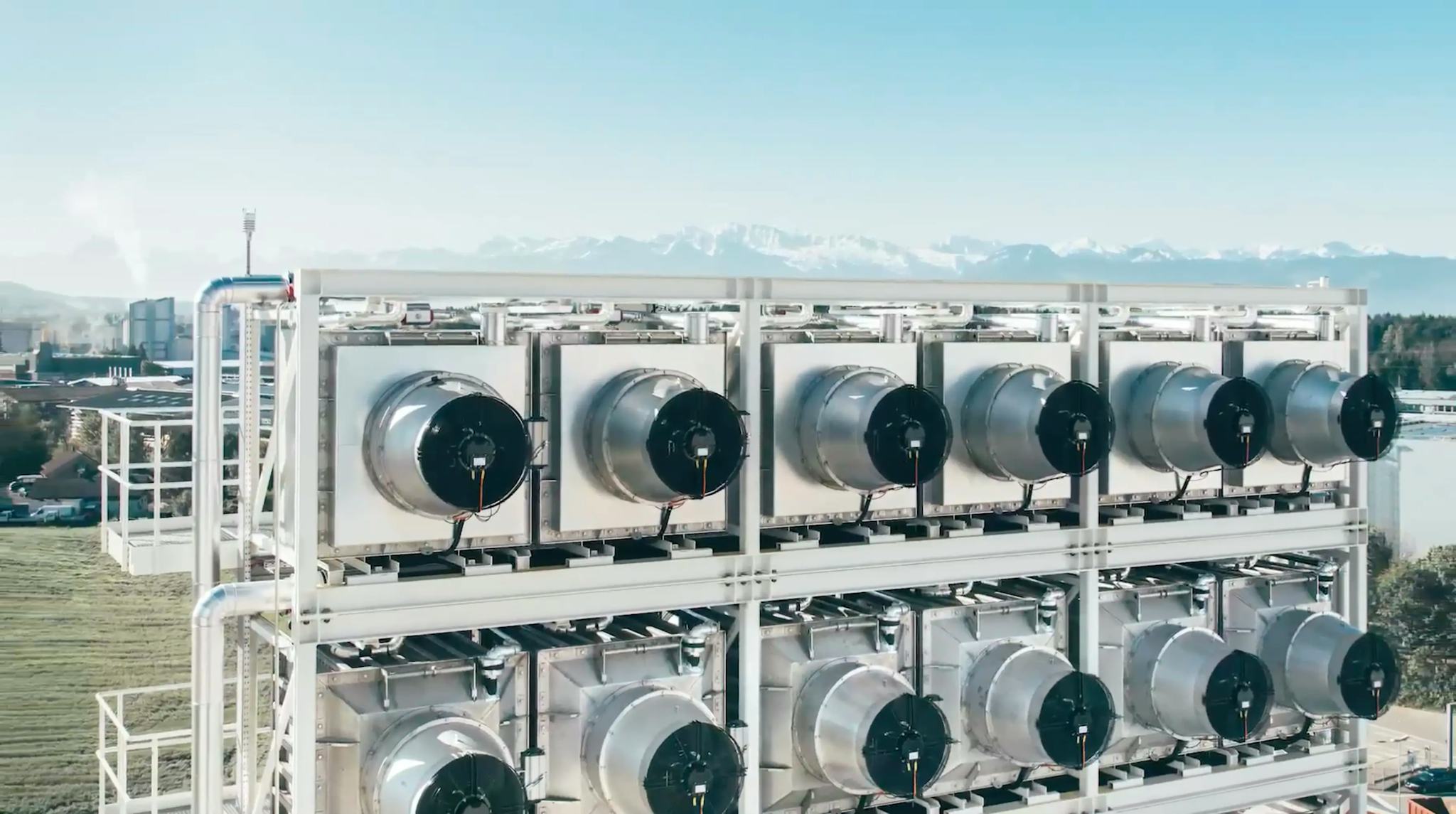Post-Combustion Capture, as the name suggests, is all about dealing with carbon emissions after combustion – after the fuel has been burned. This is the main attraction of PCC: it allows us to retroactively deal with carbon emissions from our existing power plants and industrial facilities, without having to overhaul the entire setup.
PCC is a carbon capture technology that grabs onto the carbon dioxide (CO2) present in the flue gases (that’s the technical term for the exhaust from the combustion process) before it escapes into the atmosphere. The captured CO2 can then be transported and stored securely, typically underground.
How does Post-Combustion Capture work?
Getting technical for a moment, PCC uses a process known as 'absorption'. Here's the breakdown:
First, the flue gas is cooled down. This is to make sure the absorption process, up next, can work optimally.
Next comes the absorption stage. The cooled flue gas is exposed to a chemical absorbent – often an amine-based solution. This solution has a particular fondness for CO2, meaning it latches onto the CO2 particles in the flue gas.
Once our amine solution has done its CO2-collecting job, it's heated up. Why? Because at higher temperatures, the solution lets go of the CO2 it collected, allowing the CO2 to be isolated.
The isolated CO2 is then compressed and transported for storage, and the amine solution can be recycled back to absorb more CO2. Efficient, isn't it?
Who's making waves in Post-Combustion Capture?
Companies across the globe are catching onto the potential of PCC and developing this technology. Let's take a look at a couple of the trailblazers:

Carbon Clean Solutions: A global leader in low-cost carbon dioxide capture technology, Carbon Clean Solutions is working with industries to reduce their CO2 emissions. Their patented 'APBS' technology promises to lower the cost of post-combustion carbon capture.

Shell Cansolv: A part of the Shell Group, Cansolv has made strides in PCC with its sulphur dioxide (SO2) and CO2 capture systems that promise high capture rates and operational flexibility.

Mitsubishi Heavy Industries: Their advanced KM CDR Process® uses an amine-based absorbent for the energy-efficient recovery of CO2 from flue gas.
Wrapping it up
Post-Combustion Capture is a fascinating tool in our carbon capture arsenal. It offers a route to reduce emissions from our existing infrastructure, making it a practical and versatile method in the mission against climate change.
With technology advancing and more companies focusing on PCC, this method holds a significant promise for a cleaner and greener future.
Want to read more?
Check out some of our other case studies
Capturing the Future: An Insight into Carbon Capture and Removal
Carbon Capture and Removal is like a vacuum cleaner, sucking up carbon dioxide (CO2), the main culprit behind global warming, right out of our atmosphere.


